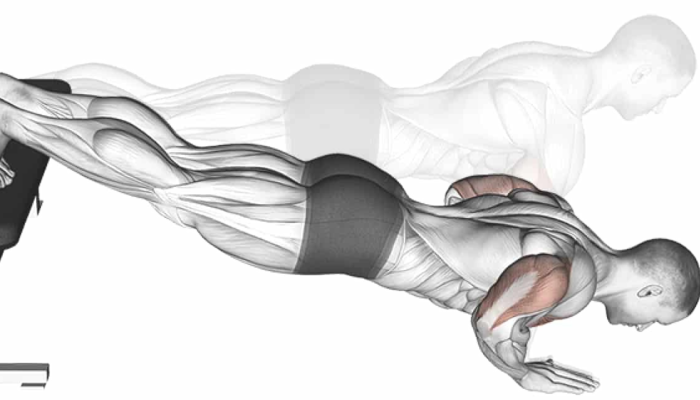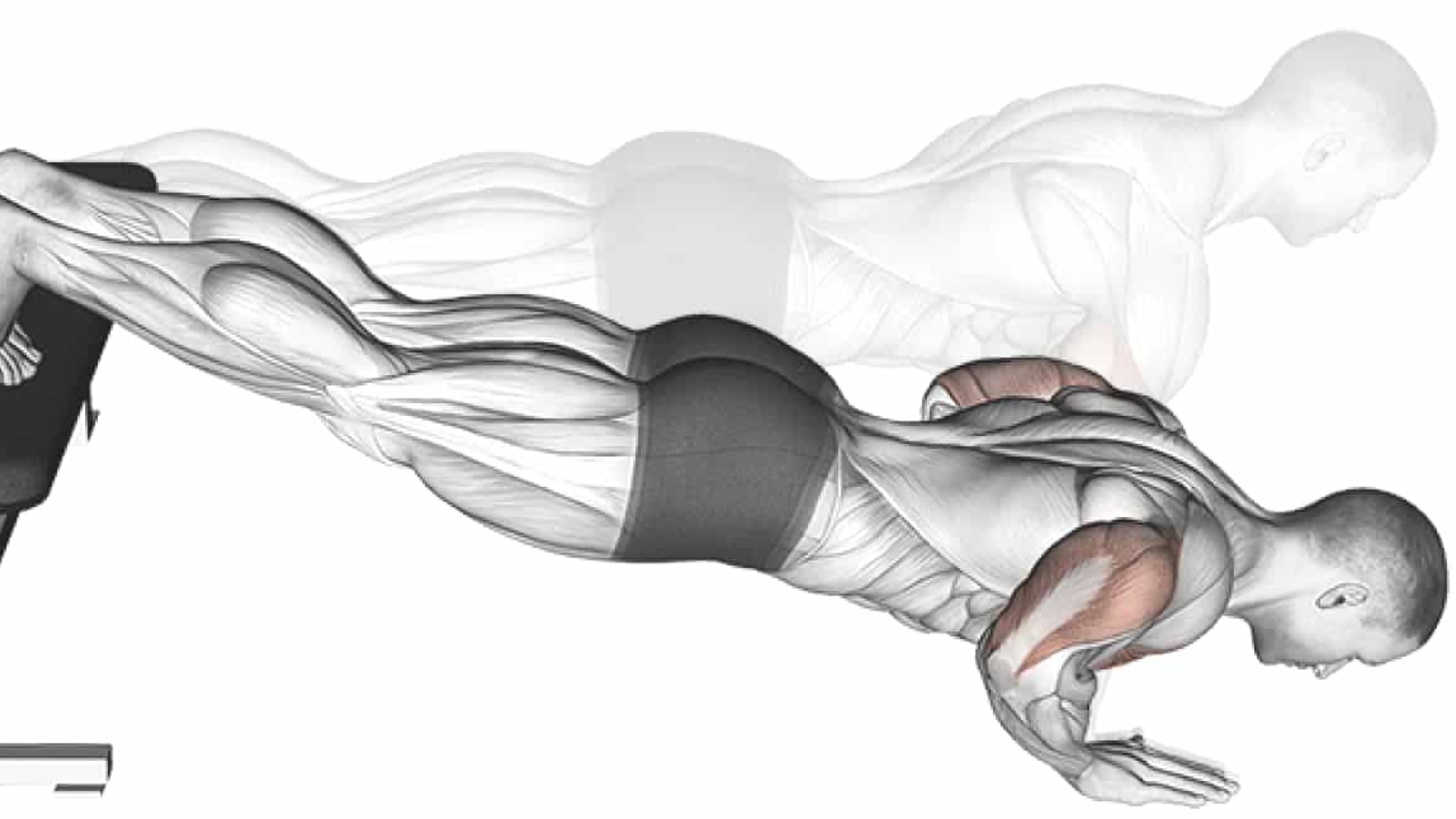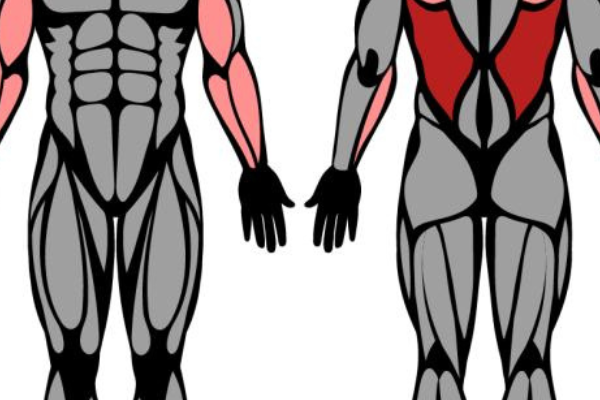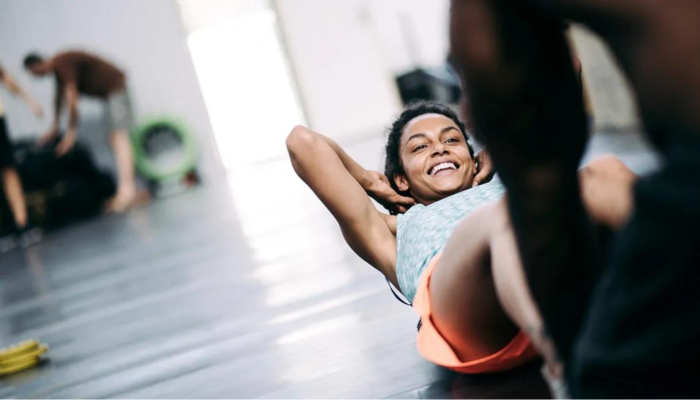
The decline pushup is a powerful variation of the traditional pushup that targets different muscle groups and enhances strength. By altering the angle of your body, you change the focus of the exercise, making it an excellent addition to any workout routine.
Decline vs. Incline and Basic Pushups
Pushups are a staple in many fitness routines, with variations like basic, incline, and decline pushups each offering unique benefits.
- Basic Pushups: Performed with your body parallel to the ground, basic pushups primarily target the chest, shoulders, and triceps.
- Incline Pushups: With your hands elevated on a surface, incline pushups shift some of the load to the lower chest and shoulders, making them slightly easier and good for beginners.
- Decline Pushups: Here, your feet are elevated above your hands, increasing the angle of your body. This shift intensifies the workout for your upper chest, shoulders, and triceps.
How to
Step-by-Step Instructions
- Set Up: Find a sturdy surface like a bench or a step. Place your feet on the elevated surface and your hands on the floor, slightly wider than shoulder-width apart.
- Body Position: Keep your body in a straight line from your head to your heels. Engage your core to maintain stability.
- Lowering Phase: Bend your elbows and lower your chest towards the floor. Aim to bring your chest close to the ground while keeping your elbows at about a 45-degree angle to your body.
- Pushing Up: Push through your palms to extend your arms and return to the starting position, keeping your body aligned throughout.
- Repeat: Perform the desired number of repetitions, typically 8-15 for most workout routines.
Tips on Technique
To maximize the effectiveness of decline pushups and prevent injury:
- Maintain Form: Keep your body in a straight line throughout the movement. Avoid sagging your lower back or lifting your hips too high.
- Control the Movement: Lower yourself slowly and with control to maximize muscle engagement and minimize strain on your shoulders.
- Breathe Properly: Inhale as you lower yourself and exhale as you push back up.
Decline Pushup Benefits
Decline pushups offer several benefits:
- Increased Upper Chest Activation: By elevating your feet, decline pushups place more emphasis on the upper chest compared to standard pushups.
- Enhanced Shoulder and Triceps Engagement: The angle of the decline pushup increases the load on the shoulders and triceps, contributing to improved strength and muscle definition.
- Improved Core Stability: Holding the elevated position requires core engagement, which helps enhance overall core strength and stability.
Decline Pushup Modifications
Make It Easier
If you’re new to decline pushups or find them challenging, try these modifications:
- Lower the Elevation: Use a lower platform or step to reduce the incline and make the exercise less intense.
- Knee Decline Pushups: Perform the exercise with your knees on the ground while keeping your feet elevated to reduce the weight you’re lifting.
Make It Harder
To increase the difficulty and further challenge your muscles:
- Increase the Elevation: Use a higher surface to elevate your feet, increasing the angle and the intensity of the exercise.
- Add Weight: Place a weighted vest or a plate on your back to add extra resistance.
Focus on Different Muscles
To target different muscles or areas more effectively:
- Narrow Grip Decline Pushups: Bring your hands closer together to place more emphasis on the triceps.
- Wide Grip Decline Pushups: Spread your hands wider to shift the focus more toward the chest.
Other Moves and Benefits
Incorporate other pushup variations and exercises to complement your decline pushups:
- Standard Pushups: Continue to build overall upper body strength.
- Diamond Pushups: Focus on triceps and inner chest.
- Bench Press: Adds variety and helps build strength in the chest and shoulders.
Pushup Muscles
Decline pushups primarily work the following muscles:
- Pectoralis Major: Especially the upper portion due to the decline angle.
- Deltoids: Particularly the front delts.
- Triceps Brachii: Engaged throughout the movement.
- Core Muscles: Stabilize the body during the exercise.
The Takeaway
Decline pushups are a valuable addition to your exercise routine, offering enhanced upper chest and triceps activation while improving core stability. By adjusting the difficulty and incorporating modifications, you can tailor the exercise to your fitness level and goals. Whether you’re looking to increase muscle strength or add variety to your workouts, decline pushups are a versatile and effective choice.
This version should meet your word count requirement and focus on the primary keywords effectively.
Certainly! Here’s a continuation of the article to further explore additional aspects and provide a more comprehensive overview.
Decline Pushups in Your Workout Routine
Incorporating decline pushups into your fitness routine can yield significant benefits. Here’s how to effectively integrate them:
- Warm-Up: Start with a general warm-up to increase your heart rate and loosen your muscles. Follow this with dynamic stretches to prepare your upper body for the workout.
- Routine Integration: Include decline pushups in your upper body workout, typically after performing basic pushups or other pressing movements. Aim for 3-4 sets of 8-15 repetitions, adjusting based on your fitness level.
- Combination Workouts: Combine decline pushups with other exercises like pull-ups, dips, or bench presses to target complementary muscle groups and ensure a balanced upper body workout.
Common Mistakes to Avoid
To ensure you’re performing decline pushups correctly and avoiding injury, be mindful of these common mistakes:
- Arching Your Back: Keep your body in a straight line. Arching your back can lead to lower back strain and reduce the effectiveness of the exercise.
- Flaring Elbows: Avoid flaring your elbows out to the sides. This can place undue stress on your shoulder joints. Aim for a 45-degree angle between your upper arms and your torso.
- Neglecting Core Engagement: Ensure your core remains tight throughout the movement to maintain stability and protect your lower back.
Tracking Progress
Monitoring your progress with decline pushups is key to understanding your improvements and making necessary adjustments:
- Record Reps and Sets: Track the number of repetitions and sets you complete. Aim to gradually increase these numbers as you build strength.
- Assess Form: Regularly check your form using a mirror or by recording yourself. This helps in identifying any deviations and correcting them.
- Incorporate Feedback: If possible, get feedback from a trainer or fitness professional to ensure you’re performing the exercise correctly and effectively.
Alternative Exercises for Upper Body Strength
If you want to vary your routine or focus on different muscle groups, consider these alternatives:
- Pushup Variations: Try different types like clapping pushups or spiderman pushups to add variety and challenge different muscles.
- Dumbbell Exercises: Incorporate exercises such as dumbbell bench presses or shoulder presses to complement the decline pushups.
- Bodyweight Exercises: Include moves like burpees or tricep dips to work the upper body and core from different angles.
The Science Behind Decline Pushups
Understanding the science behind decline pushups can help you appreciate their benefits and optimize your workout:
- Muscle Activation: The decline angle increases activation in the upper chest and shoulders compared to flat or incline pushups. This is due to the altered leverage and body positioning.
- Progressive Overload: By gradually increasing the difficulty of decline pushups, you apply progressive overload, a key principle for muscle growth and strength gains.
- Functional Strength: Decline pushups enhance functional strength by mimicking pushing movements used in daily activities and sports.
Summary
Decline pushups are a powerful exercise for targeting the upper chest, shoulders, and triceps while also engaging your core. By performing them with proper form and integrating them into a well-rounded workout routine, you can significantly enhance your upper body strength and muscle definition. Remember to adjust the exercise to your fitness level, track your progress, and incorporate variety to continue challenging your muscles and achieving your fitness goals.
This extension includes additional guidance on incorporating decline pushups into a workout routine, common mistakes, tracking progress, alternative exercises, and the science behind the exercise. This should help in providing a thorough understanding and practical advice.
If you have any questions for us, you can see more at: heathcarenow, Youtube, Twitter(X),…
See more of our other articles: What is Jaw Pain ?, Catabolism vs. Anabolism: What’s the Difference?, Tennis Ball Massage for Myofascial Trigger Points





